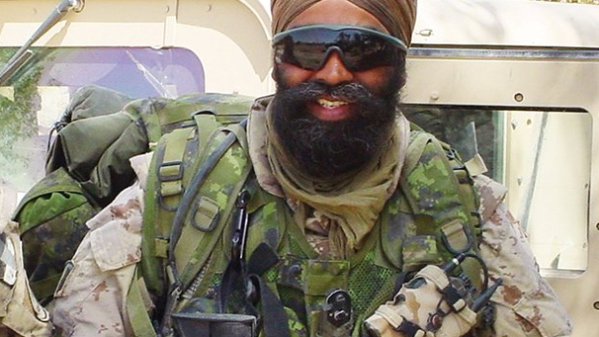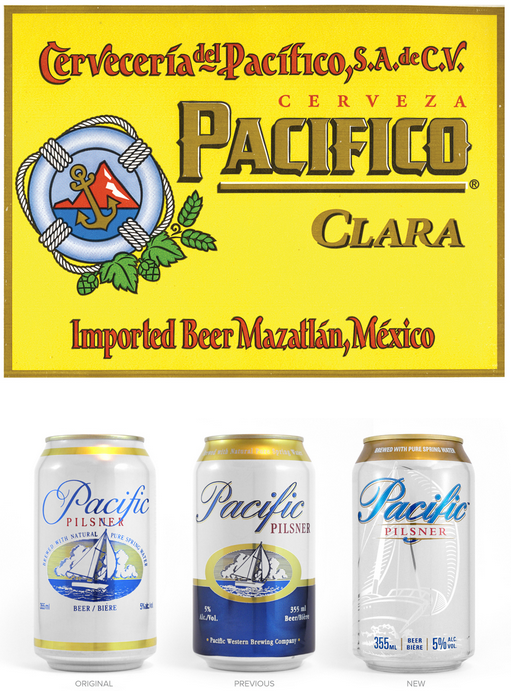In the wake of Victoria’s city council deciding to remove a statue of Sir John A. Macdonald, Colby Cosh suggests that we apply a broader brush to what is acceptable for public display and get rid of the rest of the politicians, too:
The mayor of Victoria, Lisa Helps, emphasized that the removal of the statue is “temporary,” promising to “find a way to recontextualize Macdonald in an appropriate way.” This suggests that the statue will find a home somewhere, perhaps even in its accustomed place, but will have to be accompanied by a sanitizing “This was a bad, racist guy despite having led the creation of our federation” text inscribed nearby.
All of this gives me a chance to rehearse my inconveniently unclassifiable views on the subject of revisionist iconoclasm in public settings. Part of me is sympathetic to the anti-revisionist case. Even if Victoria took a year with this decision, a year is not a long time to reconsider an act of commemoration that was intended to be permanent in the first place. Any one generation, let alone a small group within it, ought to be hesitant in removing public statuary — doubly so, perhaps, if you are doing it “temporarily” but without a deadline for its return. Putting objects of built heritage in storage is the easiest way for a government to demolish them, through neglect, on the sly.
With that said, I could be convinced to pick up a hammer if there is to be a general smashing of statues of politicians. No city or country really has a shortage of people to honour whose contribution to humanity is unambiguously and uncontentiously positive. Those who exercise political power, even in a democracy, rarely fall into this category. If we were building a country from scratch, I would suggest we start building statues to those who excel in the realm of pure thought — physics, math, music, scholarship — and work “down” through artisans, philanthropists, innovators and entrepreneurs.
Once we’re past the tradesmen who did good work and mentored the young, and we have made modest busts or reliefs of everyone who just worked to make a neighbourhood nicer or cleaner or safer, and we have put a few people on postage stamps just for contributing their own earnings or effort to any of the Corporal Works of Mercy, we can start with politicians of an especially noble and humane character who executed great necessary enterprises by means of law.
Politicians get big-ass statues because it is politicians who build statues: that’s all. The problem is that this encourages the dangerous habit of reverence for politicians, who, despite endless complaining about the thanklessness of their vocation, hardly go without social privileges or deference or celebration within their own lifetimes. In the case of statues or images of Sir John A. Macdonald, the veneration is all but explicit. The Old Chieftain represents the juvenile desire to have a George Washington-like national paterfamilias, to have a single founder to serve as the incarnation of our glorious state.
I am not a politician and I endorse this message. I’d be even more on board if we also chiselled off the names of politicians from schools, community centres, streets, and any other edifice built with taxpayer money.







